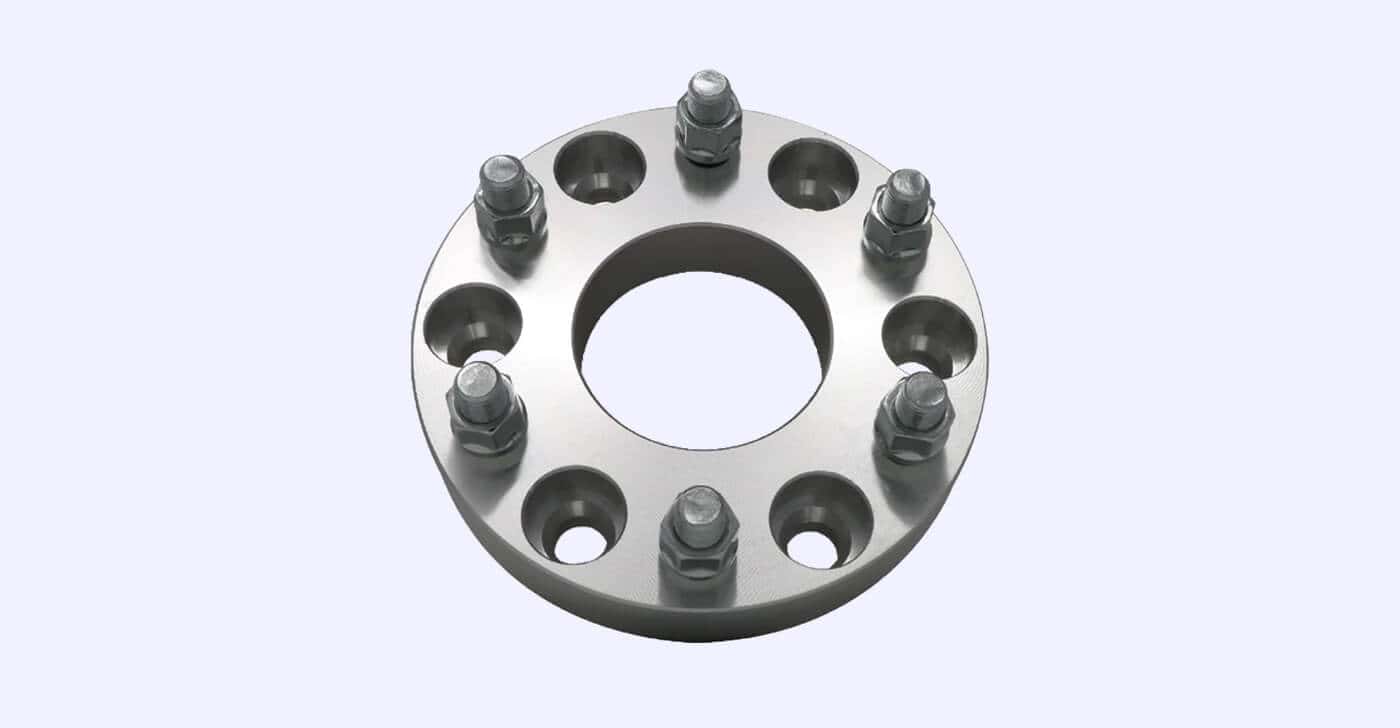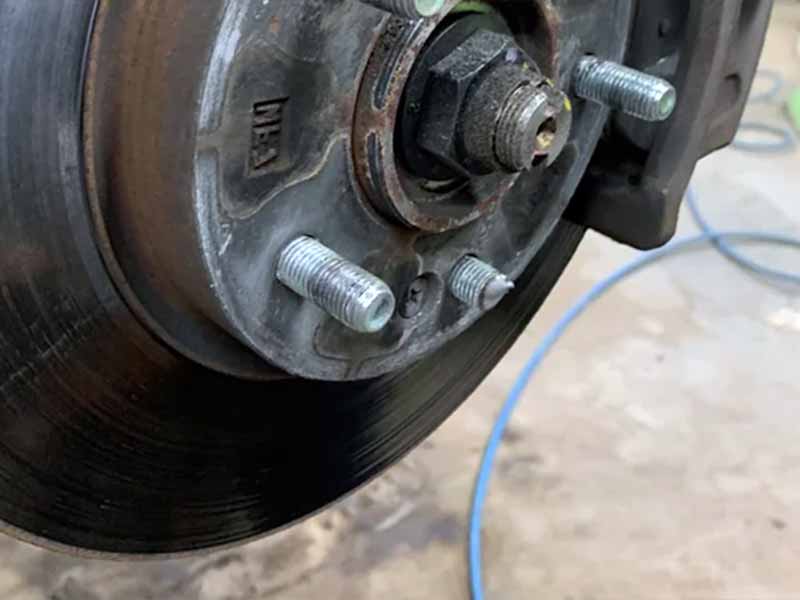How much does a wheel stud replacement cost? This question pops up when you hear that dreaded “clunk” or feel a wobble in your steering wheel. It’s a vital part of your vehicle’s safety, holding your wheels securely in place, and a broken or worn-out stud can lead to a dangerous situation. But just how much does it cost to fix this potentially serious issue?
Let’s delve into the world of wheel studs, exploring the factors that influence their replacement cost and how you can navigate this essential repair.
Understanding the basics of wheel studs is crucial. These sturdy metal pins, usually made of hardened steel or alloy, act as the anchor for your lug nuts, keeping your wheels firmly attached to your vehicle. The strength and durability of these studs are vital, as they must withstand the forces of braking, acceleration, and cornering. The type of stud used can vary depending on your vehicle’s make and model, with some featuring longer studs for larger wheels or spacers.
When a stud becomes damaged, cracked, or stripped, it’s imperative to replace it promptly to avoid potential hazards.
DIY vs. Professional Replacement

Replacing a wheel stud is a relatively straightforward task that can be done by both professionals and DIY enthusiasts. However, there are pros and cons to both approaches.
DIY Wheel Stud Replacement
Replacing a wheel stud yourself can save you money, give you a sense of accomplishment, and allow you to better understand your vehicle. However, it’s important to be aware of the potential drawbacks.
- Requires mechanical skills and tools: DIY wheel stud replacement requires basic mechanical skills and the right tools. You’ll need a jack, lug wrench, torque wrench, and a few other specialized tools. If you’re not comfortable working on your vehicle, it’s best to leave it to a professional.
- Risk of damage: If you’re not careful, you could damage your vehicle’s brake system or other components while replacing a wheel stud. This could lead to costly repairs down the line.
- Time commitment: Replacing a wheel stud can take several hours, depending on your experience and the complexity of the job. If you’re pressed for time, it’s better to take your car to a mechanic.
Step-by-Step Guide for DIY Wheel Stud Replacement
Here’s a step-by-step guide for replacing a wheel stud at home:
- Gather your tools: You’ll need a jack, lug wrench, torque wrench, a hammer, a punch, a socket set, a new wheel stud, and anti-seize compound.
- Loosen the lug nuts: With the vehicle parked on a level surface, apply the parking brake and loosen the lug nuts on the affected wheel. Do not remove them completely yet.
- Jack up the vehicle: Use the jack to lift the vehicle until the affected tire is off the ground. Ensure the vehicle is securely supported by jack stands.
- Remove the tire: Once the tire is off the ground, remove the lug nuts completely and take off the tire.
- Remove the old wheel stud: Use a hammer and punch to drive the old wheel stud out of the hub. If the stud is stuck, you may need to use a stud remover tool.
- Install the new wheel stud: Apply anti-seize compound to the threads of the new wheel stud and carefully thread it into the hub. Make sure the stud is fully seated and flush with the hub.
- Torque the lug nuts: Replace the tire and tighten the lug nuts to the manufacturer’s specifications. Use a torque wrench to ensure proper tightening.
- Lower the vehicle: Lower the vehicle and remove the jack stands. Tighten the lug nuts again for good measure.
Cost Comparison: DIY vs. Professional
The cost of replacing a wheel stud can vary depending on the vehicle, the location, and the labor costs.
- DIY: The cost of a new wheel stud can range from $5 to $20, depending on the vehicle. You may also need to purchase additional tools if you don’t already have them. The total cost of DIY replacement could be around $20 to $50.
- Professional: Professional repair shops typically charge an hourly rate for labor, which can range from $75 to $150 per hour. The cost of replacing a wheel stud professionally could range from $100 to $300 or more, depending on the complexity of the job and the location.
Prevention and Maintenance: How Much Does A Wheel Stud Replacement Cost

Wheel stud damage can be a costly and inconvenient issue. By understanding the factors that contribute to wear and tear, you can take steps to prevent premature failure and extend the life of your wheel studs.
Regular Vehicle Inspections
Regular vehicle inspections are crucial for identifying potential problems early on. A thorough inspection can reveal signs of wear and tear on the wheel studs, such as cracks, corrosion, or excessive looseness. This allows you to address issues before they become major problems.
- Inspect your wheel studs for any signs of damage or wear during routine tire rotations or brake pad replacements.
- Have a qualified mechanic inspect your vehicle’s suspension system during regular maintenance intervals, including the wheel studs.
Selecting High-Quality Wheel Studs
Choosing high-quality wheel studs can significantly impact their lifespan and reliability. Look for studs made from durable materials, such as hardened steel or heat-treated alloy steel.
- Avoid purchasing cheap or generic wheel studs, as they may be made from inferior materials and prone to failure.
- Consider purchasing wheel studs from reputable manufacturers that offer warranties or guarantees on their products.
Proper Torque Settings, How much does a wheel stud replacement cost
Using the correct torque settings when installing wheel studs is essential. Over-tightening can damage the studs, while under-tightening can lead to loosening and potential failure.
The manufacturer’s recommended torque specifications should always be followed when installing wheel studs.
Lubrication
Applying a thin layer of anti-seize compound to the threads of the wheel studs can help prevent corrosion and make removal easier in the future.
- Anti-seize compound is a lubricant that helps prevent metal-to-metal contact, reducing friction and wear.
- Apply a thin layer of anti-seize compound to the threads of the wheel studs before installation.
Driving Habits
Aggressive driving habits, such as hard braking and cornering, can put additional stress on the wheel studs.
- Maintain a smooth and consistent driving style to minimize stress on the wheel studs.
- Avoid sudden accelerations and hard braking, which can create excessive force on the suspension system.
So, while a wheel stud replacement might seem like a small repair, it’s essential to remember its vital role in your vehicle’s safety. Understanding the factors that influence the cost, weighing the pros and cons of DIY versus professional replacement, and taking preventive measures to minimize wear and tear can help you stay ahead of the game. By addressing this issue promptly and ensuring your wheel studs are in top condition, you’re not only ensuring a smooth ride but also prioritizing the safety of yourself and others on the road.
FAQ
What are the signs of a damaged wheel stud?
A damaged wheel stud can manifest in several ways, including a clunking sound when turning, a loose or wobbly wheel, difficulty removing or tightening lug nuts, or a visible crack or break in the stud itself. If you notice any of these signs, it’s best to have your wheel studs inspected by a professional.
Can I replace a wheel stud myself?
While replacing a wheel stud is possible for those with mechanical experience and the right tools, it’s generally recommended to seek professional assistance. Improper installation can lead to further damage or safety hazards. However, if you choose to do it yourself, ensure you have the correct tools, consult a repair manual, and prioritize safety throughout the process.
How often should I have my wheel studs inspected?
It’s recommended to have your wheel studs inspected during regular vehicle maintenance, typically every 12,000 miles or annually, whichever comes first. This allows for early detection of any issues and prevents potential problems from escalating.